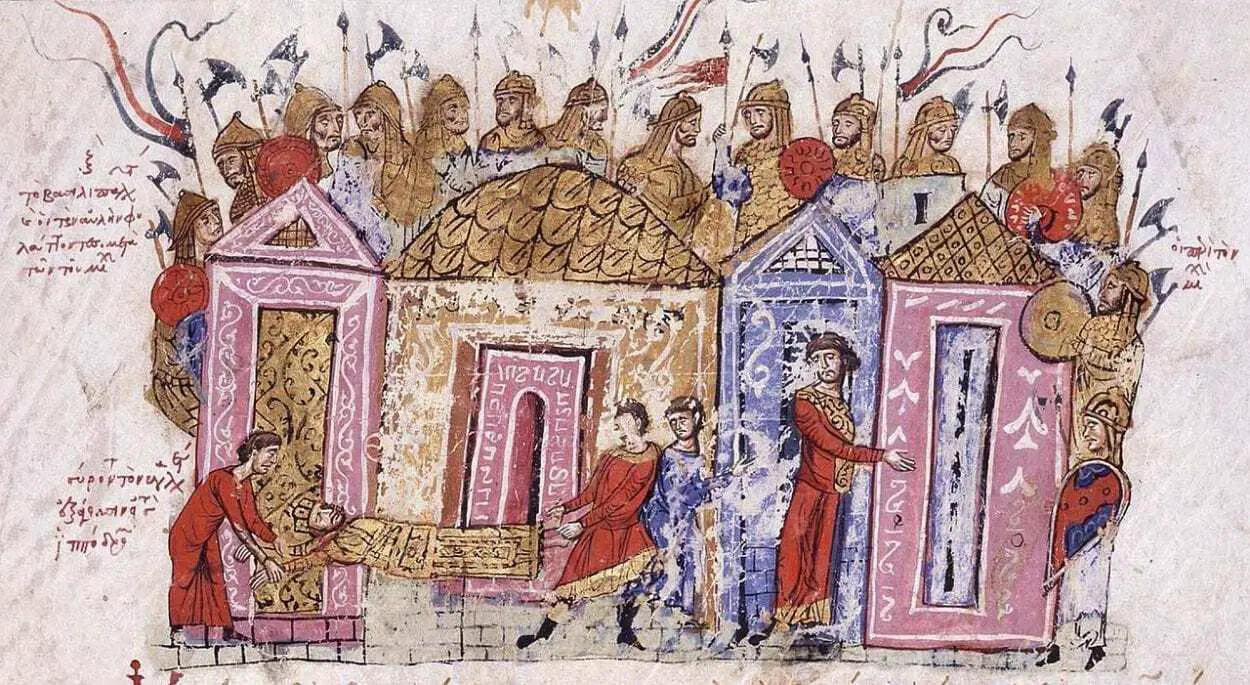Archaeologists conducting a study for evidence of Vikings near the city of Istanbul (formerly the Byzantine capital of Constantinople) have suggested the discovery of a Viking neighbourhood.
The study has focused on the ancient city of Bathonea (previously identified as Rhegion) on the European shore of the Sea of Marmara, 20 km west of Istanbul.
Vikings first came to the Byzantine Empire as merchants, before being incorporated into an Imperial guard formed by Emperor Basil II in AD 988, consisting of Varangians from the state of Kievan Rus’.
The recruitment for the guard outside of the Empires borders was a tactical policy, as the guard members lacked any loyalty to factions other than the emperor or held any political ambition (a common issue historically with the Praetorian guard of the Western Roman Empire) that could be a threat to the Emperor’s position.
Over the next 100 years, the guard’s ranks would include Norseman from Scandinavia, establishing a Norse cast that would become the dominant entity of the guard’s ranks.
According to contemporary texts, foreigners were forbidden from settling in the capital, but were instead said to be living in a port which corresponds with sites such as Bathonea. Vikings and Varangians could enter the capital in the morning within small groups, but had to leave the city before sunset.
During excavations of Bathonea, the team of archaeologists found a cross made from ambergris, a substance formed from a secretion of the bile duct in the intestines of the sperm whale. The most significant find is a necklace depicting a snake, that represents Jörmangandr (also known as the Midgard Serpent) that will bring about the first signs of Ragnarök.
Head of excavations Şengül Aydıngün, an associate Professor of the Kocaeli University told Hurriyet Daily News “Vikings lived in Istanbul between the eighth and the 11th centuries in different periods. We have found their exact settlement area to be between the ninth and 11th centuries in the Bathonea excavations.”
Header Image Credit : Public Domain





